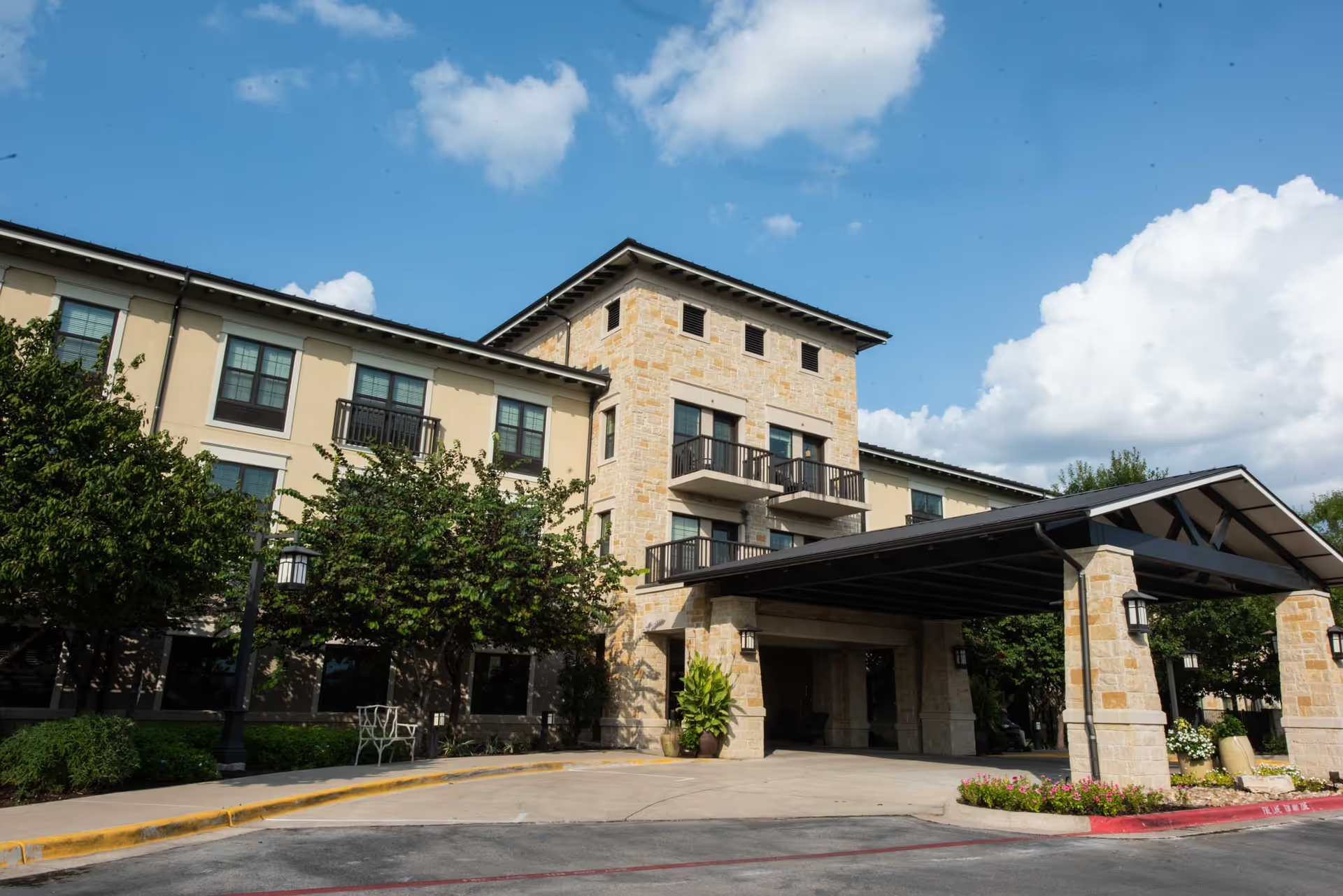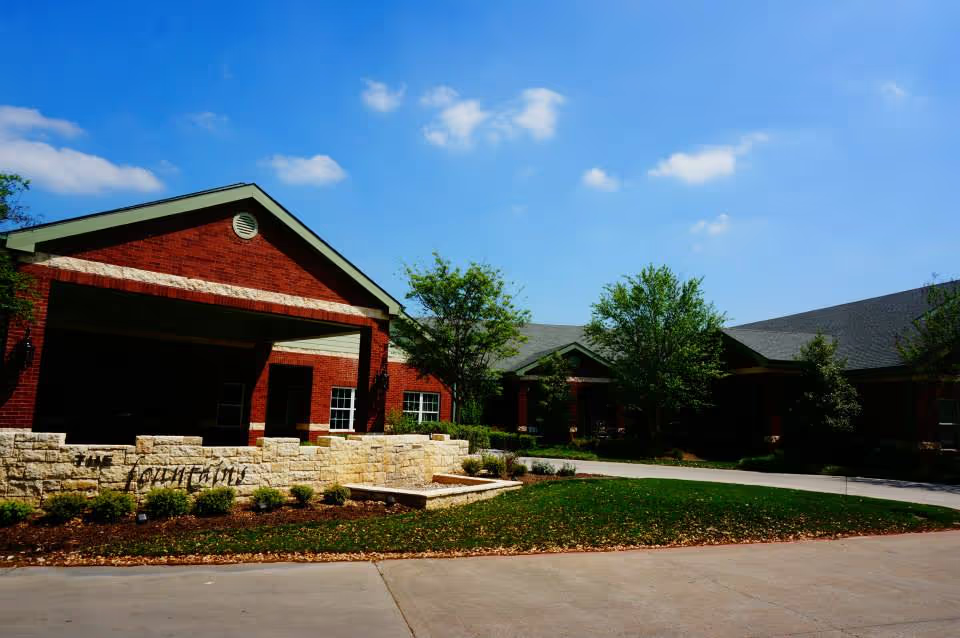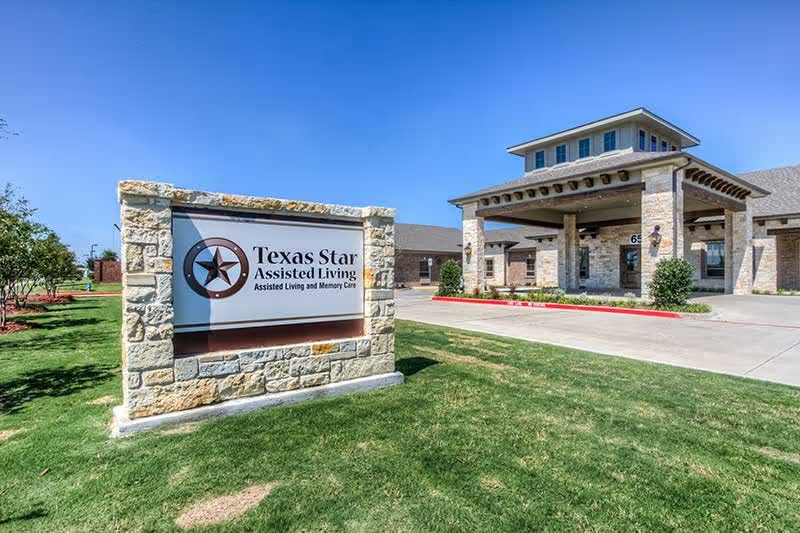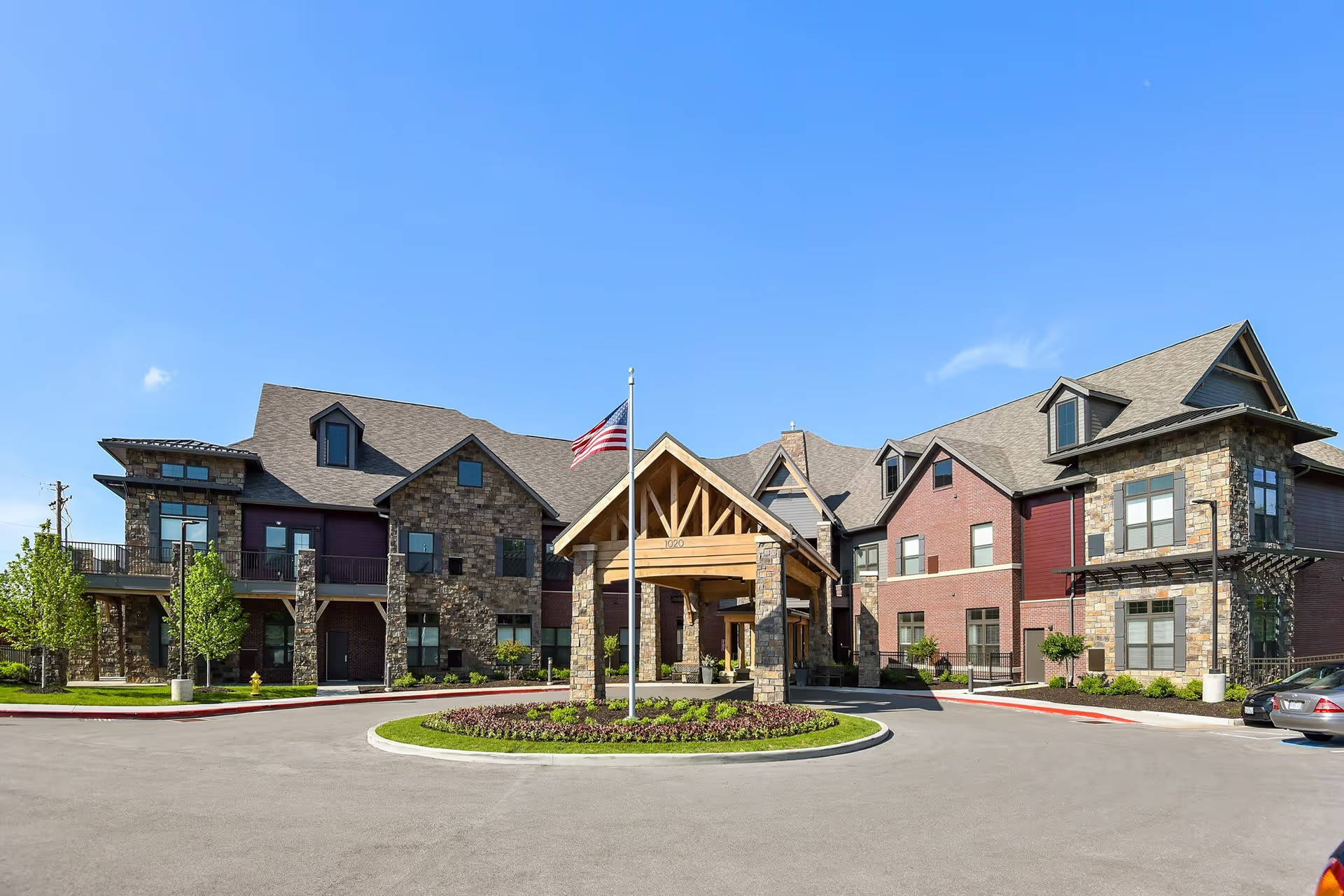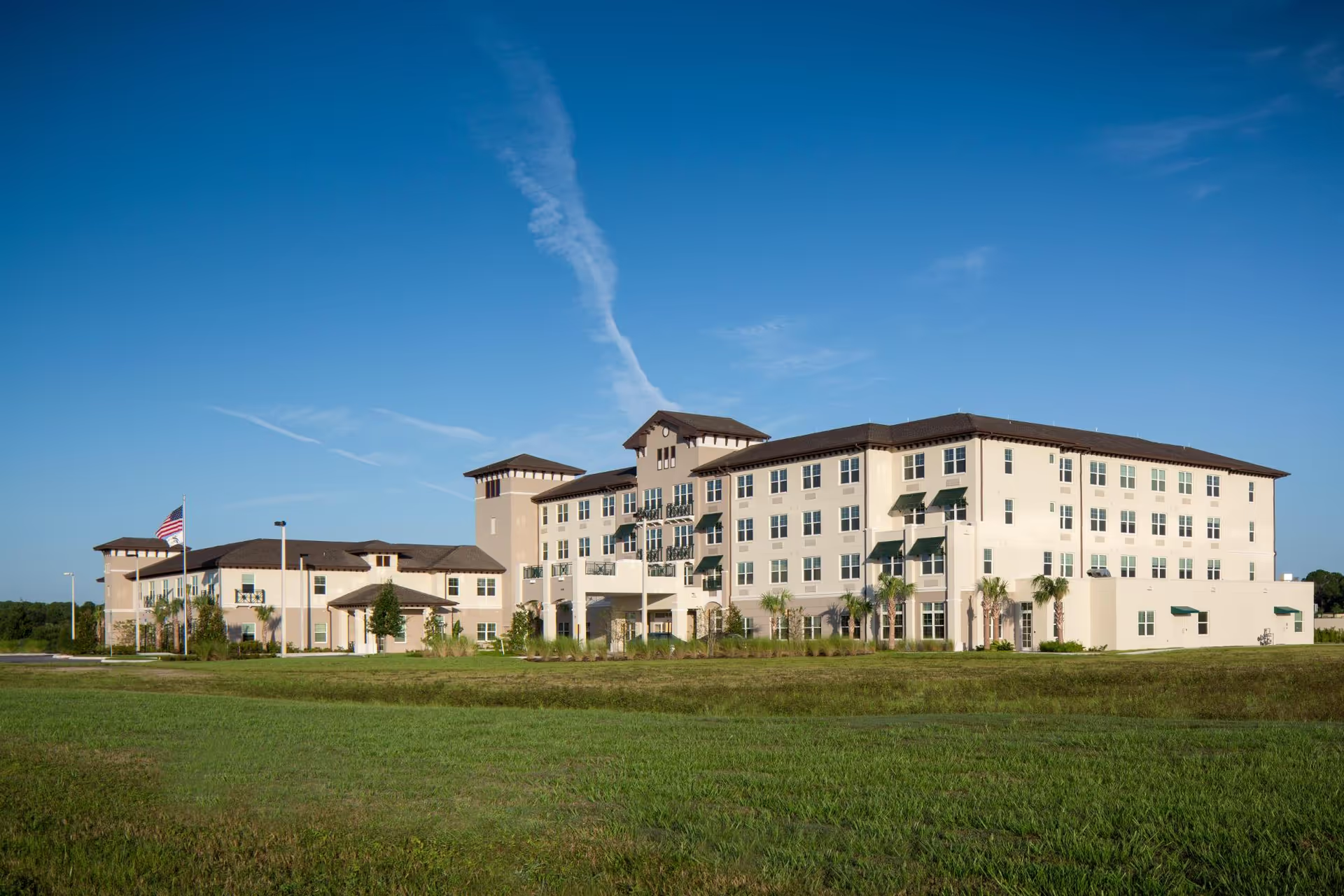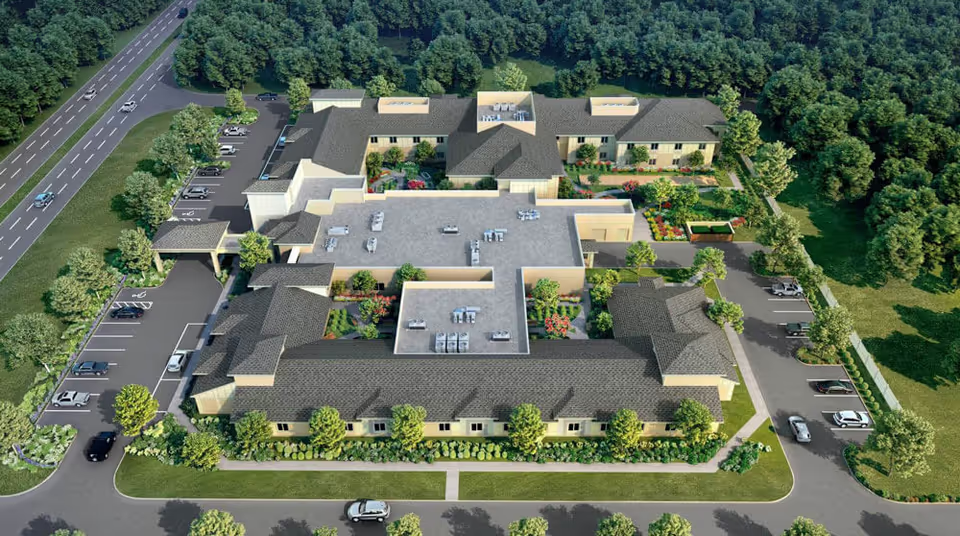The reviews for Afton Oaks Healthcare and Rehabilitation Center are highly polarized, with strong reports on both ends of the spectrum. A significant portion of reviewers praise individual caregivers, the admissions team, therapy services, and some recent management and facility improvements. Another substantial group reports serious safety, hygiene, staffing, and care-quality failures — including allegations of abuse and neglect — sometimes accompanied by calls for regulatory investigation. The mix of high praise and harsh criticism suggests inconsistent performance across shifts, units, and staff, and indicates a facility undergoing change but not uniformly delivering safe, reliable care.
Care quality and clinical safety: Reviews describe widely varying clinical experiences. Positive comments describe attentive daytime nurses, successful rehabilitation outcomes, good occupational therapy, effective hospice coordination, and prevention of pressure injuries in some cases. However, multiple reviewers allege severe clinical lapses: delayed dialysis and other treatments, missed or falsified nursing documentation, delayed diaper changes, inadequate feeding assistance, and instances of bedsores that worsened into major health events (including hospitalization, infections, and an amputation report). Several posts describe critical safety failures at night (nurse asleep, antiquated call systems, delayed emergency response) with serious outcomes such as falls and a patient found in code an hour after the event. These reports point to unreliable care delivery at certain times and raise red flags about supervision, handoffs, and emergency protocols.
Staff behavior and competence: Across reviews there are clear differences in staff performance. Many families praise specific staff members by name for kindness and professionalism — admissions liaisons, nurses, and aides who made families feel comfortable and coordinated care effectively. Conversely, there are also multiple allegations of neglectful behavior, rudeness, and physical abuse (including claims of nurses hitting residents and humiliating treatment). Several reviews mention staff appearing insufficiently trained or indifferent, and many note high turnover and inconsistent competence. The dichotomy suggests that while skilled and compassionate caregivers exist at the facility, problems with recruitment, retention, training, or supervision are causing uneven resident experiences.
Facility environment, cleanliness, and infection control: Reported conditions range from “clean, renovated, and inviting” to “foul odor, feces smell, flies, dirty linens, and exposed soiled items.” Some reviewers applaud recent renovations, improved customer service, and a clean, welcoming building; others describe unsanitary restrooms, lack of soap and toilet paper, soiled rooms, and pest issues. These contradictory reports could reflect improvements in some wings or under certain management but ongoing problems elsewhere. Multiple accounts of urine/feces odors, dirty bathrooms, and infrequent linen changes are particularly concerning for infection control and resident dignity.
Administration, management, and improvements: Several reviewers credit recent management changes and renovations with markedly improved care, communication, and environment. Admirable administrative responsiveness, particularly from admissions and medical records teams, is frequently mentioned. Yet many other reviews describe administration as absent, unresponsive, or deceptive — including allegations of scheduling deception, misrepresentation, and even “shady” dealings with hospitals. A number of reviews explicitly call for formal investigations (state, Joint Commission, OSHA) based on alleged abuse, neglect, and falsified records. This split suggests a facility in transition: some families are experiencing measurable improvements, but others continue to encounter systemic problems that administration has not fully corrected.
Dining, activities, and resident life: Several reviewers report an active and engaging activity program, a spacious dining room, and generally acceptable meals. At the same time, complaints include repetitive breakfasts, difficulties with beverage lids that prevent drinking, and insufficient help to eat (no assistance cutting meat). Some residents are described as bed-bound with little stimulation. Positive reports about the activity department and family-like staff interactions indicate the potential for good quality of life when staffing and engagement are consistent.
Safety and security concerns: Beyond clinical lapses, safety issues recur in the reviews: reports of theft and lost personal items (chargers, clothing, phones), intruders taking food, residents attempting to leave, and alleged staff misconduct. Antiquated call systems and poor nighttime supervision amplify these risks. Such repeated accounts warrant attention to security protocols, personal property handling, and overnight staffing policies.
Overall assessment and patterns: The dominant pattern is inconsistency. There are genuine strengths — a capable therapy department, several compassionate staff members, supportive admissions liaisons, and evidence of facility renovation and management efforts — but these coexist with very serious reports of abuse, neglect, poor hygiene, and operational disorganization. Positive reviews frequently mention specific staff and recent management changes; negative reviews report systemic failures and call for regulatory oversight. The contrast suggests variability by unit, shift, or over time, rather than uniform quality.
Recommendation for prospective families or oversight: Tour the facility in person, ask specific questions about night staffing ratios, call light systems, infection-control procedures, pressure-injury prevention protocols, and incident reporting. Request recent inspection reports, staffing ratios by shift, and evidence of staff training and turnover metrics. Talk to the admissions team (numerous reviewers praised specific admissions staff) but also ask for references from current resident families. Given the serious allegations in some reviews — including abuse, falsified documentation, delayed emergency responses, and hygiene issues — families should be cautious and seek clear, documented assurances and observation before committing. Regulators and family advocates would likely view the combination of high praise and grave allegations as reason to monitor the facility closely until consistent, facility-wide improvements are demonstrable.
